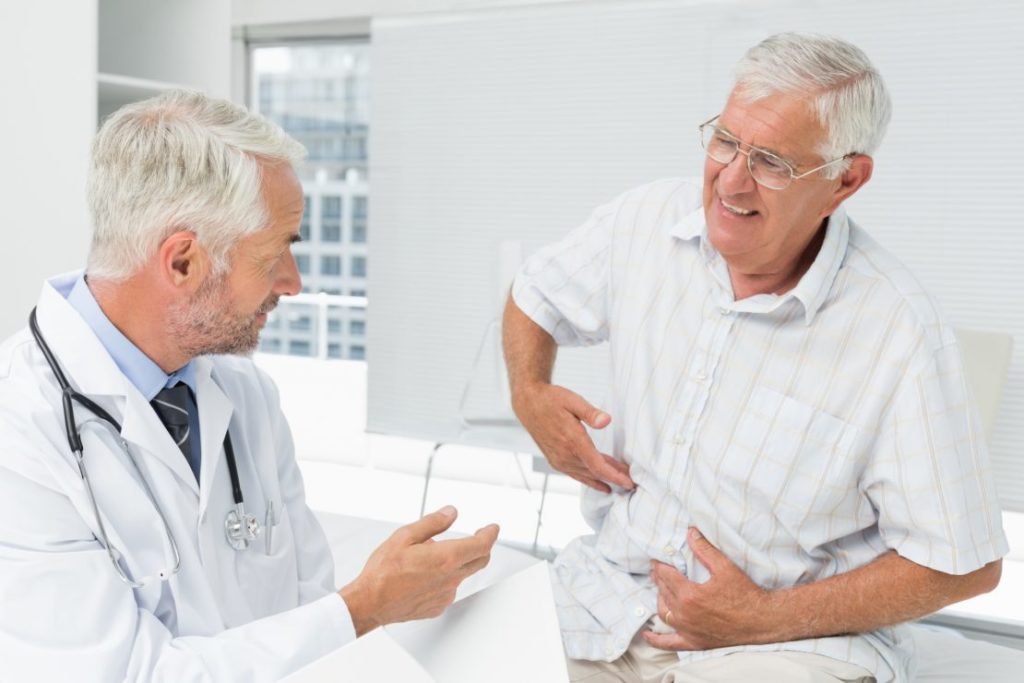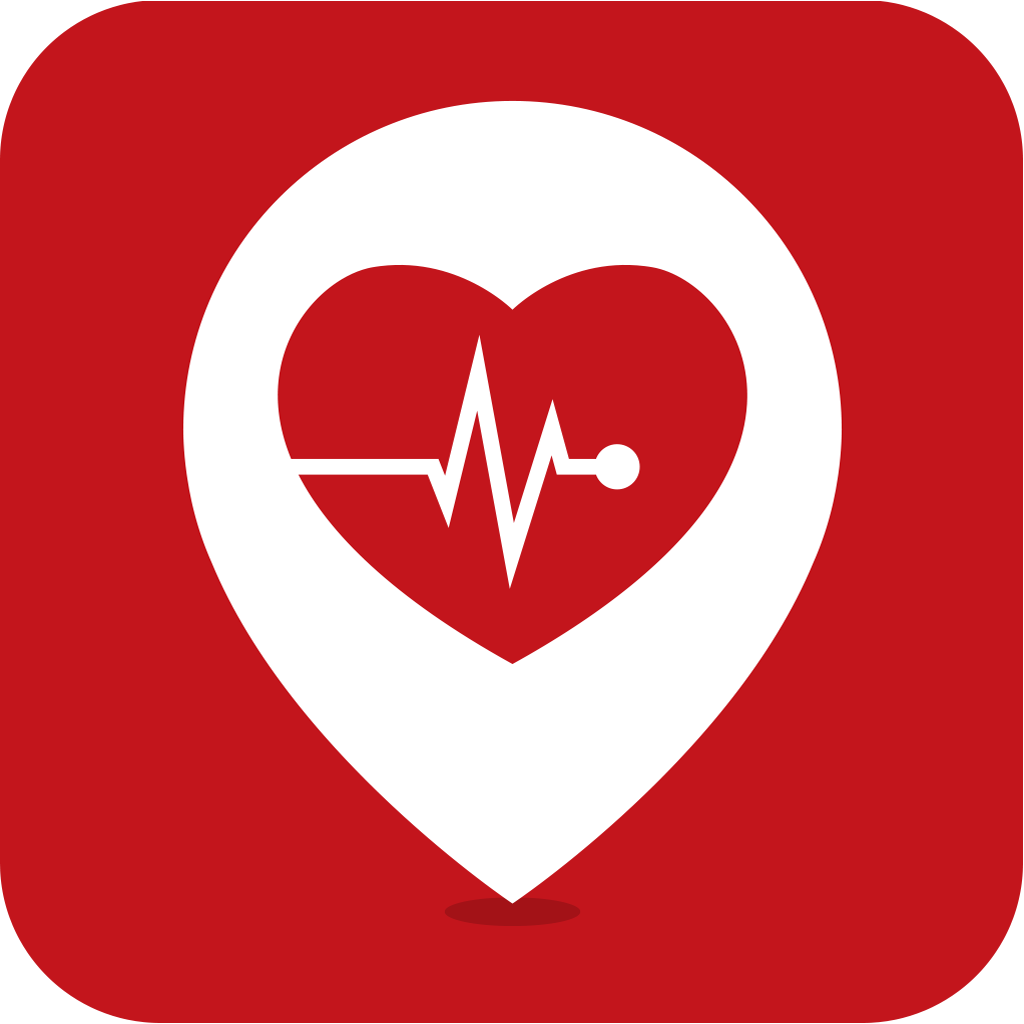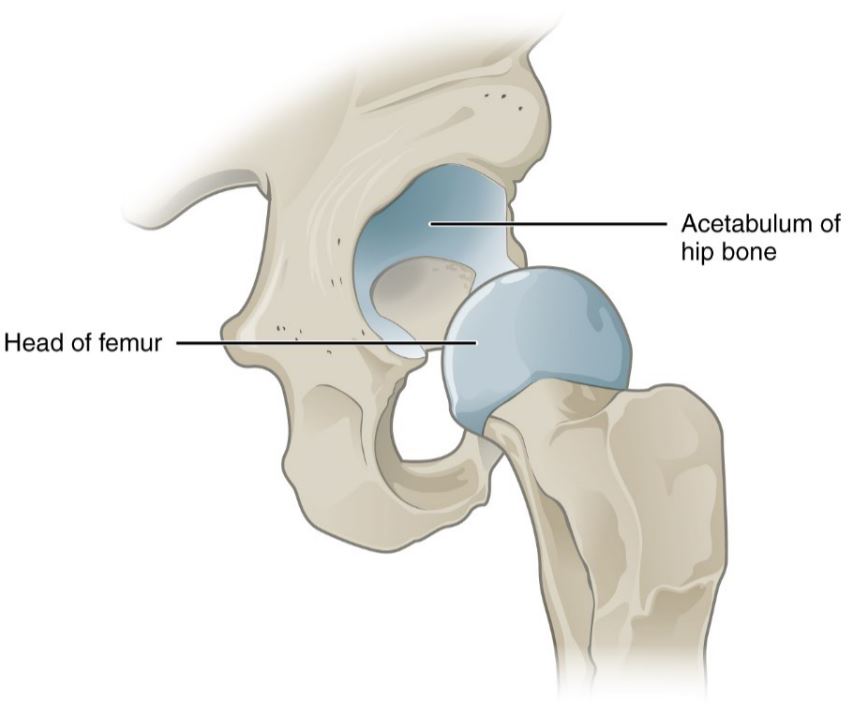Sports activities are one of the easiest ways to get exercise. Often, your doctor or physical therapist may even suggest picking up a new sport. One activity that is popular for men and women of all ages is tennis. Tennis players may start as children or pick up the sport even during their retirement years. Tennis helps with cardio and conditioning, but it may also cause joint pain later. Many have heard of the painful disorder known as tennis elbow. However, “tennis hip” exists as well. Since this hip injury is like tennis elbow, the hip joint will suffer from familiar chronic pain symptoms.
Range of Motion
Tennis is not a contact sport, but tennis players are always moving. Back and forth, left to right or jumping up and down are some of the normal movements for serious tennis players. The constant motion and patterns do have benefits like weight loss and heart health. Tennis keeps people moving. Eventually, these same movements may be the cause of chronic pain though. Tennis hip is a common hip injury that results when there is major stress to the joint from turning and pivoting moves seen in this sport. If players do not pivot or move their hips as much, the injury will quickly affect the shoulder and elbow instead.
Tennis Hip Symptoms
Tennis elbow is a common injury for this sport. If a player’s elbow begins to hurt, it is easy to assume that the disorder may be tennis elbow. Tennis hip has its own symptoms too. Not only will tennis players begin feeling chronic hip pain, the joint will feel stiff. The stiffness may even keep players from moving in certain directions. For example, tennis hip is a common hip injury that makes side to side motions more difficult for patients. Similar conditions that affect the hip are tendonitis and snapping hip. These injuries are mainly due to the overuse of the hip muscles.
Remember to Stretch!
Stretching before a tennis game is extremely important. Stretching allows for the body to loosen and relax before intense activity. It is just as important to stretch afterward too. Tennis players may be tired, but stretching the hips will help with the player’s cool down. Hip stretches will calm the body, muscles, and heart. Remember to always stretch before and after to avoid a common hip injury. Simple hip stretches can make a big difference when it comes to chronic hip pain and tennis hip symptoms.
If you believe you have tennis hip symptoms, tennis elbow or other conditions that relate to your sport, contact Houston Physicians’ Hospital. We have a sports medicine program as well as physical therapy that can help you get back in the game.


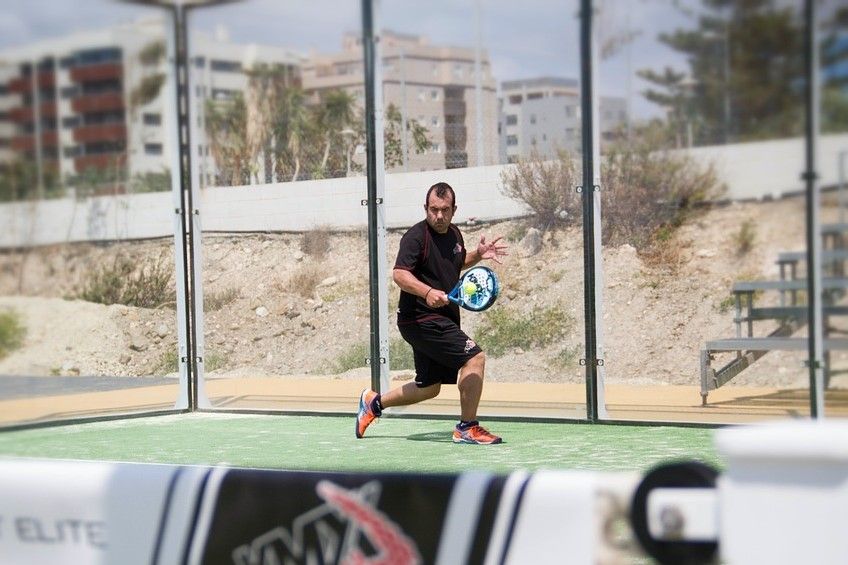
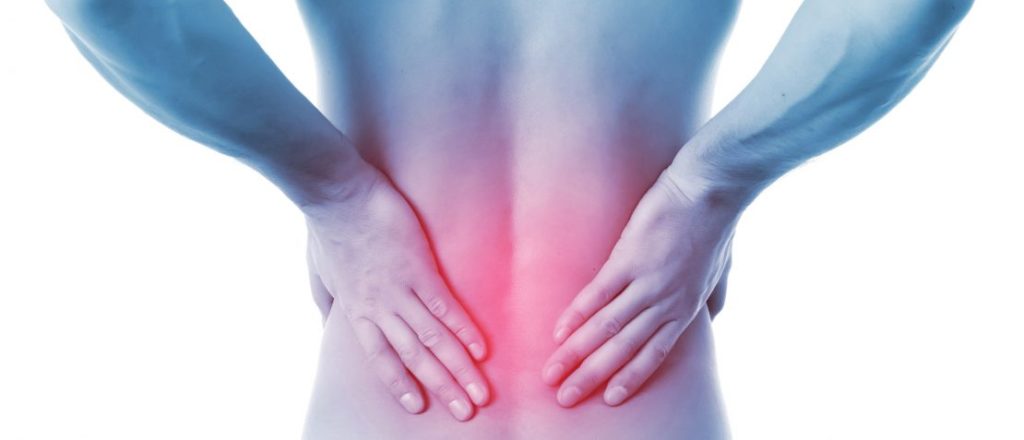
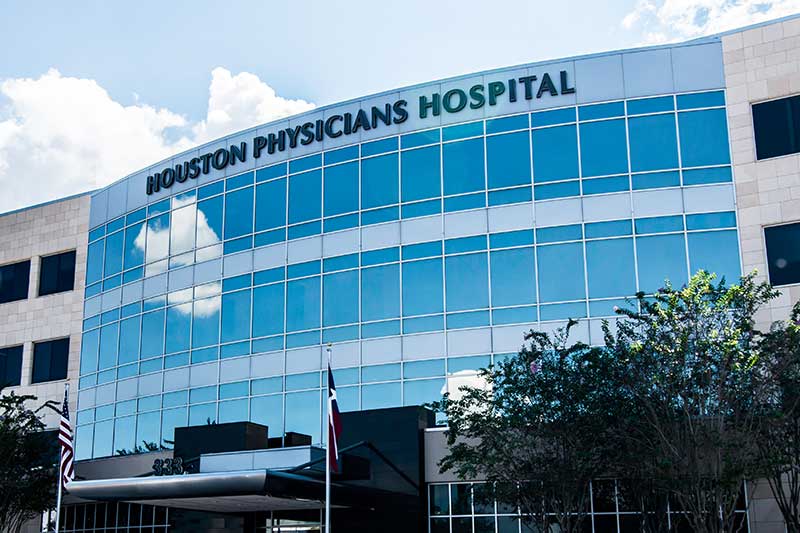
 [/vc_column_text][/vc_column][vc_column width=”1/4″][vc_row_inner css=”.vc_custom_1523302075660{background-color: #003a59 !important;}”][vc_column_inner][vc_custom_heading text=”EVENT INFORMATION” font_container=”tag:h4|text_align:left|color:%23ffffff” use_theme_fonts=”yes”][vc_separator color=”white” border_width=”2″][/vc_column_inner][/vc_row_inner][vc_row_inner css=”.vc_custom_1523302436586{background-color: #003a59 !important;}”][vc_column_inner][vc_custom_heading text=”Event Date : April 17, 2017″ font_container=”tag:h4|text_align:left|color:%23ffffff” use_theme_fonts=”yes”][vc_separator color=”custom” accent_color=”#33617a”][vc_custom_heading text=”Event Time : 5:30 – 7:00 P.M.” font_container=”tag:h4|text_align:left|color:%23ffffff” use_theme_fonts=”yes”][vc_separator color=”custom” accent_color=”#33617a”][vc_custom_heading text=”Department : Orthopedics” font_container=”tag:h4|text_align:left|color:%23ffffff” use_theme_fonts=”yes”][vc_separator color=”custom” accent_color=”#33617a”][vc_custom_heading text=”Doctor : Daniel B. O’Neill, M.D.” font_container=”tag:h4|text_align:left|color:%23ffffff” use_theme_fonts=”yes”][vc_separator color=”custom” accent_color=”#33617a”][vc_custom_heading text=”Location : 333 North Texas Avenue, Suite 2500 Webster, Texas” font_container=”tag:h4|text_align:left|color:%23ffffff” use_theme_fonts=”yes”][vc_separator color=”custom” accent_color=”#33617a”][/vc_column_inner][/vc_row_inner][vc_empty_space][vc_single_image image=”3777″ img_size=”full” alignment=”center”][/vc_column][/vc_row]
[/vc_column_text][/vc_column][vc_column width=”1/4″][vc_row_inner css=”.vc_custom_1523302075660{background-color: #003a59 !important;}”][vc_column_inner][vc_custom_heading text=”EVENT INFORMATION” font_container=”tag:h4|text_align:left|color:%23ffffff” use_theme_fonts=”yes”][vc_separator color=”white” border_width=”2″][/vc_column_inner][/vc_row_inner][vc_row_inner css=”.vc_custom_1523302436586{background-color: #003a59 !important;}”][vc_column_inner][vc_custom_heading text=”Event Date : April 17, 2017″ font_container=”tag:h4|text_align:left|color:%23ffffff” use_theme_fonts=”yes”][vc_separator color=”custom” accent_color=”#33617a”][vc_custom_heading text=”Event Time : 5:30 – 7:00 P.M.” font_container=”tag:h4|text_align:left|color:%23ffffff” use_theme_fonts=”yes”][vc_separator color=”custom” accent_color=”#33617a”][vc_custom_heading text=”Department : Orthopedics” font_container=”tag:h4|text_align:left|color:%23ffffff” use_theme_fonts=”yes”][vc_separator color=”custom” accent_color=”#33617a”][vc_custom_heading text=”Doctor : Daniel B. O’Neill, M.D.” font_container=”tag:h4|text_align:left|color:%23ffffff” use_theme_fonts=”yes”][vc_separator color=”custom” accent_color=”#33617a”][vc_custom_heading text=”Location : 333 North Texas Avenue, Suite 2500 Webster, Texas” font_container=”tag:h4|text_align:left|color:%23ffffff” use_theme_fonts=”yes”][vc_separator color=”custom” accent_color=”#33617a”][/vc_column_inner][/vc_row_inner][vc_empty_space][vc_single_image image=”3777″ img_size=”full” alignment=”center”][/vc_column][/vc_row]